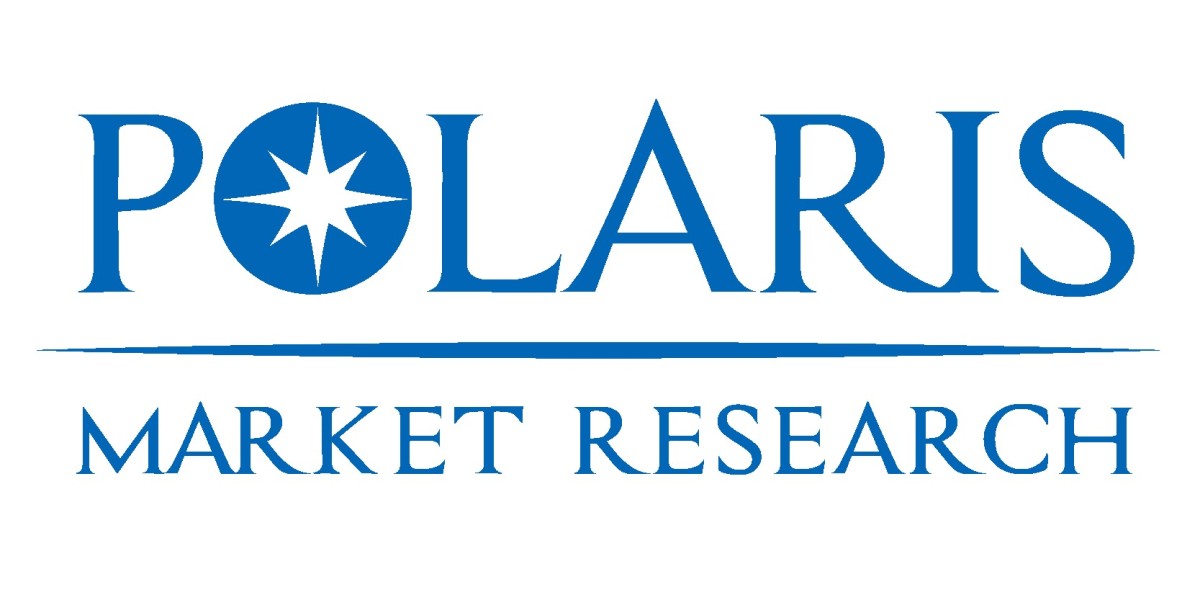Today marks the release of a comprehensive report on the evolving global refrigerant market, highlighting its projected growth from USD 15.56 billion in 2025 to USD 23.22 billion by 2034, at a CAGR of 4.5% through 2025–2034. Fueled by rising demand for energy-efficient cooling, increasingly strict hydrofluorocarbon regulations, and growing consumer interest in eco-friendly refrigerants, the industry is witnessing notable transformations.
Market Overview
The refrigerant market—integral to air conditioning, refrigeration, automotive, and industrial applications—has experienced steady growth following a 2024 valuation of USD 14.90 billion. Underpinning this trajectory are shifting regulatory frameworks, innovation in low–Global Warming Potential (GWP) solutions, and a broader transition toward sustainable cooling technologies.
Key catalysts shaping the market include:
- Tighter Hydrofluorocarbon (HFC) Regulations: Governments worldwide are phasing down high‑GWP HFCs under agreements like the Kigali Amendment, accelerating demand for low‑GWP alternatives.
- Rise of Energy‑Efficient Cooling: Stricter appliance standards and consumer focus on energy costs are creating opportunities for refrigerants that deliver both efficiency and environmental performance.
- Growth in Emerging Economies: Expansion in residential and commercial sectors, especially in APAC and Latin America, is driving refrigerant adoption alongside new construction and industrialization.
- Research & Innovation: Industry leaders are investing heavily in eco‑friendly refrigerants such as HFOs, natural refrigerants, and synthetic blends, underscoring a strategic shift in R&D.
Explore The Complete Comprehensive Report Here:
https://www.polarismarketresearch.com/industry-analysis/refrigerant-market
Market Segmentation
By Type
- Hydrofluorocarbons (HFCs): Once dominant, now declining as phase-downs in Europe, North America, and parts of Asia redirect demand to low-GWP alternatives.
- Hydrofluoroolefins (HFOs): Emerging as preferred replacements due to near-zero GWP and energy efficiency, especially in chillers and HVAC systems.
- Hydrocarbons (HCs): Natural refrigerants like propane and isobutane are gaining traction in domestic refrigerators and small commercial setups.
- Ammonia (NH3) & Carbon Dioxide (CO2): Crucial in industrial and large-scale refrigeration, offering zero GWP options amid regulatory pressure.
- Blends: Tailored mixed refrigerants are used across applications to balance safety, performance, and regulatory compliance.
By Application
- Air Conditioning (Residential, Commercial, Automotive)
- Refrigeration (Commercial & Industrial)
- Heat Pump Systems
- Specialty & Cold Chain Logistics
Strong growth is anticipated in high‑efficiency HVAC and cold chain sectors, particularly as global logistics and food-security activities expand.
Regional Analysis
Asia‑Pacific
Dominating the refrigerant market volume, this region is driven by intensive urbanization and rising temperatures. Countries like China, India, and Southeast Asian nations are increasingly embracing low-GWP refrigerants in residential and industrial HVAC systems in response to refrigerant market trends and environmental policies.
North America
Under the influence of stringent EPA regulations and the Kigali Amendment, the U.S. and Canada are transitioning toward HFOs and HCs. Demand is strongest in the commercial HVAC and advanced refrigeration markets.
Europe
The EU remains a pioneer in environmental regulation, pushing ahead with HFC phase-downs and incentivizing eco-friendly alternatives. Natural refrigerants, particularly CO2 and ammonia, are gaining ground in supermarkets and cold storage.
Latin America
Moderate growth is forecast, supported by Mexico’s refrigerant industry (previously Mexichem, now rebranded as Koura), along with increasing adoption in food retail and industrial sectors.
Middle East & Africa
While infrastructure development is expanding HVAC and refrigeration capacity, refrigerant selection is still influenced by cost and availability, emphasizing a need for eco-friendly and energy-efficient cooling.
Key Market Players
Leading companies are capitalizing on the shift toward sustainable refrigerants by investing in advanced chemistries and strategic partnerships:
- Chemours Company – Innovator in Opteon™ HFOs, with key applications in HVAC and commercial refrigeration.
- Honeywell International Inc. – Offers Solstice® series of HFOs and low-GWP refrigerants.
- Arkema S.A. – Known for Forane® refrigerants, comprising natural and low-GWP blends.
- Linde Group – A major supplier of gases and blends across refrigerant categories.
- Daikin Industries Ltd. – Developer of R-32 and R-454B offerings for air conditioning systems.
- Air Products and Chemicals, Inc. – Provides industrial refrigerants including ammonia and CO2-based solutions.
- Dongyue Group Limited – A large Chinese producer of fluorochemicals, including HFCs and HFOs.
- Beijing Tongshi Chemical Co., Ltd. – Supplier of refrigerant blends within China.
- Mexichem Fluor / Koura – Offers a full spectrum of refrigerants from HFCs to HFOs, with a strong presence in Latin America.
- Zhejiang Fluorsid Co., Ltd. – Chinese producer of fluorochemical refrigerants.
- SINOCHEM International Corporation – Global distributor of refrigerants and oil-based chemicals.
- The Dow Chemical Company – Innovates in next-gen refrigerant blends and lubrication technologies.
- Gujarat Fluorochemicals Ltd. – Indian leader in HFC and HFO production.
- Shanghai 3F New Materials Co., Ltd. – Supplier of various low-GWP refrigerants, blends, and intermediates.
These players are at the forefront of the hydrofluorocarbon regulations transition, developing alternatives that are both compliant and high-performance.
Industry Outlook and Trends
- Sustainability-Driven Cooling Solutions:
Stakeholders are prioritizing eco-friendly refrigerants with low GWP, replacing traditional HFCs in HVAC, cold chain, and heat pumps. - Energy-Efficient Cooling Technologies:
Energy savings, driven by consumer and regulatory pressure, are reinforcing demand for refrigerants that deliver lower system energy consumption. - Natural Refrigerant Adoption:
Ammonia, CO2, and hydrocarbons are expanding in industrial and commercial applications where energy efficiency and low environmental impact are critical. - Refrigerant Lifecycle Management:
Increasing fines and standards on refrigerant leakage are promoting better containment, recovery, and recycling practices. - Innovation and Collaboration:
Major companies are pairing with OEMs, research institutions, and governments to scale climate-efficient refrigerants. Investments in emerging refrigerant technologies remain a priority.
Challenges and Opportunities
Challenges
- Regulatory Fragmentation: Different global standards create market uncertainty, requiring products that meet varied compliance benchmarks.
- High Transition Costs: Retrofitting existing equipment and re-certifying systems to handle new refrigerants requires significant investments.
- Supply Chain Constraints: Scale-up of new refrigerant types may face production and logistics challenges.
Opportunities
- Retrofit Infrastructure: Potential to replace older HFC equipment with low-GWP refrigerants.
- Cold Chain Growth: Sizable demand in pharmaceuticals, food, and logistics industries drives new refrigerator installations.
- Commercial and Industrial Demand: Skylines of emerging economies are increasingly cooled with advanced HVAC systems.
- Green Building Initiatives: Sustainable building certifications are increasing preference for low-emission refrigerant systems.
Conclusion
The global refrigerant market is set for robust expansion through 2034, with projections rising from USD 15.56 billion in 2025 to USD 23.22 billion by 2034. Underpinned by a consistent 4.5% CAGR, the industry rides a wave of environmental regulation, technological innovation, and an intensifying focus on energy-efficient cooling and eco-friendly refrigerants.
More Trending Latest Reports By Polaris Market Research:
Electronic Contract Manufacturing Services Market
Healthcare Navigation Platform Market
Electronic Contract Manufacturing Services Market
Instrument Transformers Market
Increasing Demand in Personal Care Products to Drive Growth







